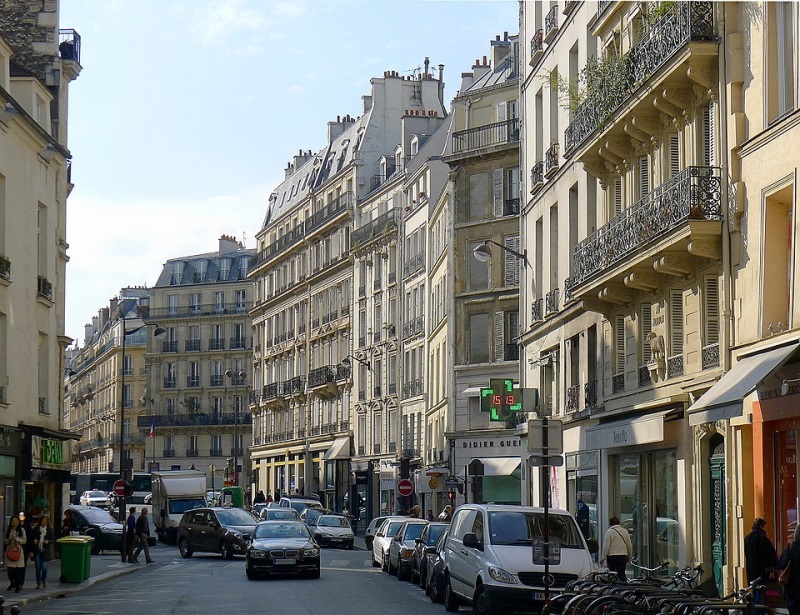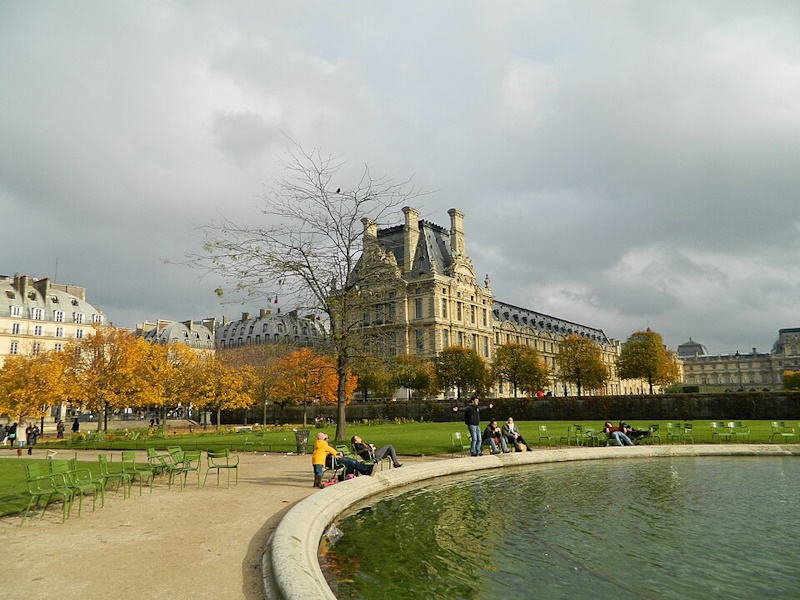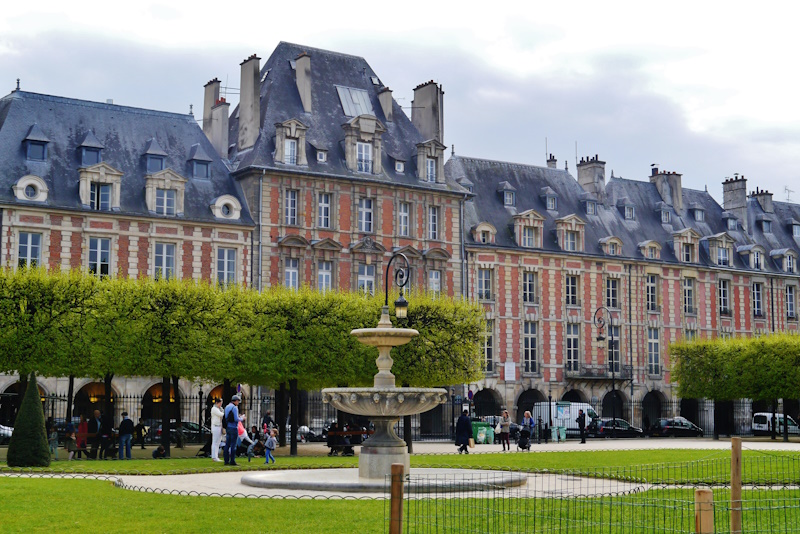Paris in 4 Days: 12 Essential Tips (Trip Report)
Four days in Paris can feel like both a gift and a challenge. There’s so much to see, yet time always runs short. These tips bring together the details travelers find most useful – from booking tickets to finding the best garden benches.
1. Pick the Right Neighborhood

Where you stay shapes your experience. Le Marais is a popular choice for its central location and a mix of trendy and traditional streets, though you’ll pay around €200 a night for a comfortable place.
If you’d like a more local feel, Canal Saint‑Martin offers smaller shops, lively cafes, and evening bars around Parmentier metro.
The Quartier Latin brings history and student energy. The 6th arrondissement is perfect for having everything within walking distance of elegant cafes and boutiques.
2. Getting Around the City
The Navigo Semaine pass (€31.60) covers unlimited rides from Monday through Sunday. You’ll need a passport photo for the physical card, which you can take in booths at most metro stations.
The pass can also be added to a phone through the Bonjour RATP app, though some visitors mention glitches. If you’re not likely to ride more than 13 times, a 10‑ticket pack may be better value.
For travelers with mobility concerns, buses are often a smarter choice. They’re slightly slower, but they avoid the metro’s constant stairs and still cost just €2 per ride. The view from the window gives you more of the city as you move between stops.
The metro itself feels safe, but pickpockets are reported on RER trains, especially the ones to and from the airports. Keep valuables secure and be extra careful when boarding with luggage.
Ride‑share bikes are widely available and cheaper than metro passes if you’re comfortable in city traffic. They let you see more of the streets and neighborhoods above ground, though the pace can be hectic, so this works best for confident riders.
3. Museums Worth Your Time

The Louvre stands out as the city’s highlight. Beyond the Mona Lisa, the medieval moat in the basement captures attention, with brickmakers’ marks still visible on the old stones. Many regret not allowing two full days.
Musée d’Orsay is often described as unmissable, while the smaller Musée de l’Orangerie makes a good add-on if time allows.
The Conciergerie offers a quieter experience with French Revolution history and Gothic architecture. Hôtel de la Marine surprises visitors with restored luxury rooms and far fewer crowds than Versailles.
The Architecture Museum offers excellent Eiffel Tower views and explains the evolution of Gothic design.
4. Churches and Historic Sites
Sainte-Chapelle dazzles visitors, and evening concerts there provide a memorable way to enjoy the stained glass, though at higher cost.
Notre Dame draws long-looking lines, but the wait is usually less than ten minutes. Sacré-Cœur is greatest in the early morning, before 10 AM, when the area is still quiet.
5. Palaces and Gardens

Versailles divides opinion: some say the gardens are the highlight and worth hours of exploration, while others prefer the palace interior. Arriving an hour before opening gives rare quiet moments in the Hall of Mirrors.
Alternatives such as Malmaison and Fontainebleau offer great history without the heavy crowds. For many, the castles of the Loire Valley outshine all.
In central Paris, Luxembourg Gardens and the Tuileries are praised as more enjoyable than Versailles gardens in summer heat – they offer easy shade and beauty without leaving the city.
6. Eiffel Tower and Views
Climbing the Eiffel Tower doesn’t enable you to see the tower itself. Many prefer the wide lawns of the Champ de Mars or the panoramic views from Trocadéro.
A sunset Seine cruise is a great option, though timing may not always match the evening light show. Vedettes du Pont Neuf is a popular option for an hour-long ride.
7. Timing and Booking Attractions

Tickets for the Louvre, Sainte-Chapelle, Versailles, and the Eiffel Tower should be reserved as soon as flights are booked. Popular time slots sell out quickly.
Arriving early matters: the Louvre is best at opening, and Versailles is nearly empty for the first hour.
8. Exploring Beyond the Icons
While landmarks draw the crowds, wandering through neighborhoods often creates the best memories. In Montmartre, side streets feel more authentic than the main square.
Areas near Parmentier metro in Canal Saint-Martin are filled with small bars and shops.
Many travelers say the most rewarding visits came from unplanned walks, shopping, and lingering at cafes rather than structured tours.
9. Eating and Drinking
Meals in Paris rarely disappoint travelers, whether chosen from local recommendations or Google reviews. Lunch specials offer the best value.
A simple sandwich or salad dinner in a park is easier on your budget and still leaves room for restaurant meals.
Black coffee costs about half as much as white coffee. Aldi is noted for affordable salads and sandwiches when you want a quick bite.
10. Coping with the Weather
July weather varies widely. Some find it pleasant but you might also face 39°C heatwaves, so preparing for both possibilities is important. Shaded gardens and lighter evening activities help when the heat rises.
11. Day Trips to Normandy
A Normandy day trip from Paris is possible but demanding, lasting up to 14 hours with an organized tour.
Sites like Utah Beach, Omaha Beach, Sainte-Mère-Église, and Caen are spread out. The Utah Beach Museum and Caen Memorial are considered excellent. The D-Day museum at Omaha Beach gets mixed reviews.
A car allows more freedom but requires careful planning.
12. Looking Ahead
Travelers planning a return often choose the Loire Valley or the south of France, especially Nice and Bordeaux. Both offer history and landscapes without Paris-level crowds.
***
Cover photo: Pasztilla (CC BY-SA 4.0)
